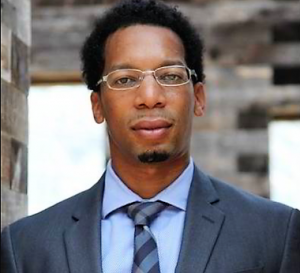Managing detached homes and other types of single-family units comes with its own set of best practices and pitfalls, but multi-family units represent a much more complex challenge. Many of the issues with single-family units, particularly related to maintenance, become magnified when one must manage multiple living spaces in the same building. If one isn’t staying on top of these issues, they can quickly snowball into major issues that not only complicate relationships with the tenants but can make it difficult to rent the units quickly again after move-out.
What are some of the things you should keep in mind when managing multi-family units? Let's look at some of the most common problems property managers face in these situations and what you can do to avoid serious concerns.
General Maintenance is Trickier On Multi-Family Units
You may find you more frequently face issues with some maintenance concerns in buildings with multiple units versus a single-family home, due to the increased wear and more frequent use. You'll need to be prepared for problems with:
- Separate HVAC systems for every unit, as is the most common setup, and where every unit may not be the same age or brand.
- Appliance malfunctions, including washers and dryers in communal laundry spaces, refrigerators, and plumbing-related issues.
- Moisture-related issues such as mold and mildew
- General exterior repairs to the property, such as siding and roofing.

Frequent Tenant Turnover Also Creates Issues
Maintenance that takes place during the tenancy can be a challenge, but there are other issues with multi-family units to consider. These units may turn over more often, meaning you must more often pay attention to concerns such as:
- Carpeting, which will wear out much more quickly and require more frequent replacement if the unit turns over often.
- Wall damage caused by tenant decorations or unauthorized modifications
- General wear and tear in units such as issues with the paint, ceilings, or other structural aspects. The potential damage caused by pets, authorized or unauthorized.

Structuring a Smarter Approach to Property Maintenance
With so many potential issues, what's the best approach to maintenance for multi-family units? There are several elements to consider. First and foremost is your stance towards maintenance defects and tenant concerns. Many property owners like to say they "want to get money out, not put money in" to a property, especially once it's rented. However, that attitude often leads to delays in correcting concerns, leading to more expensive maintenance.
Therefore, step one is to be proactive about all maintenance concerns, not only those reported by tenants. When you're ready to act, step two comes into play — keeping active maintenance contracts with reliable service providers you trust for both quality outcomes and value. Adopt a "fix it right the first time" attitude, and you can save money in the long run, keep your tenants happier, and safeguard the quality of your investment for many years to come.
With these actions, managing multi-family unit maintenance can be simpler.
Learn more about strategies for successfully developing investment properties today with Omid Akale with TC Portfolio Group.






0 Comments